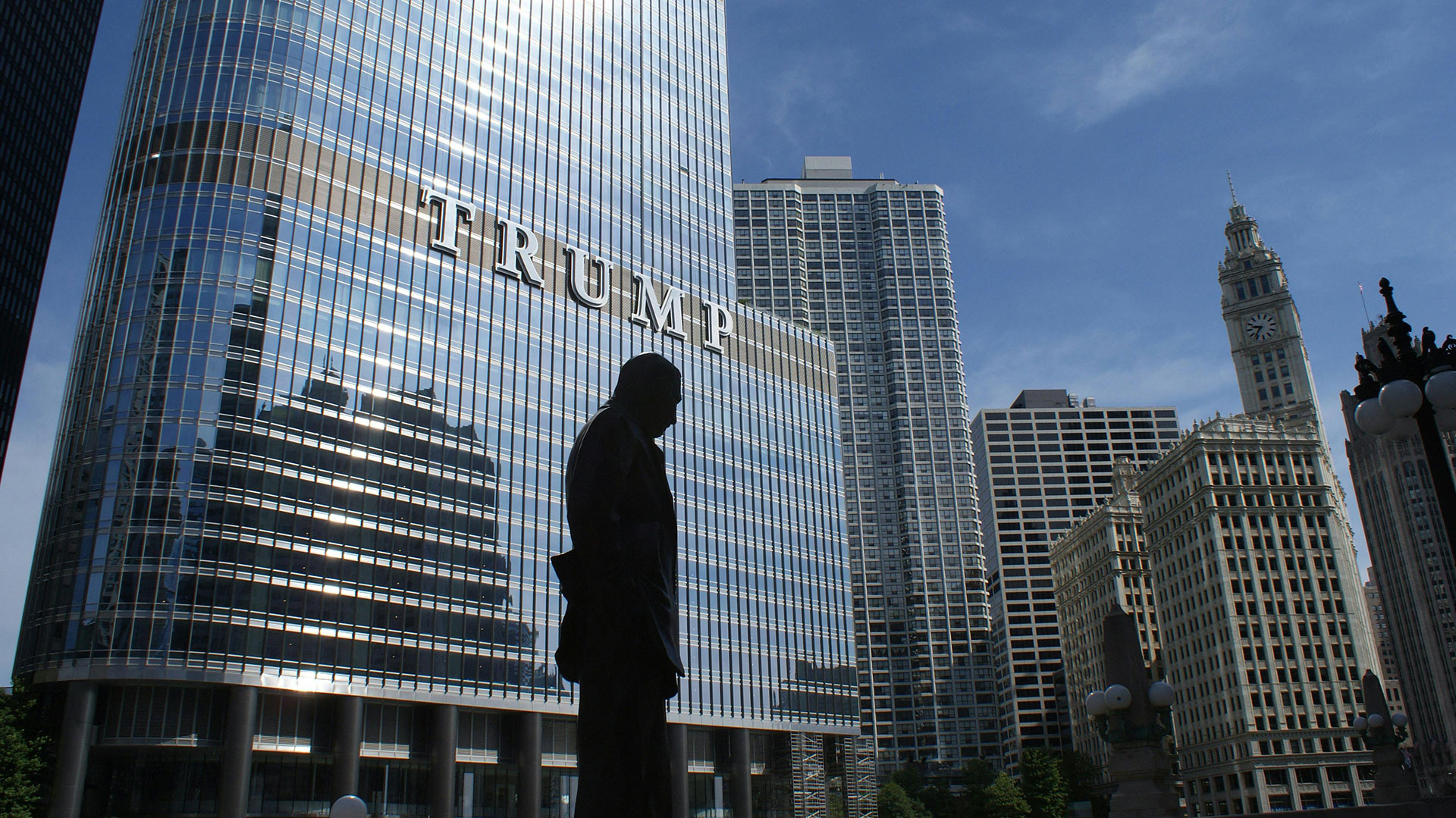When it became obvious, in late spring 2020, that the world would not return to normal any time soon, businesses pivoted to a completely virtual work environment. With the flexibility of working from anywhere, many urban dwellers left their cities to relocate to the suburbs and countryside.
Before the pandemic hit, about 95% of offices were occupied. But now, two and a half years later, office occupancy remains well below that threshold. In early October 2022, for example, New York City offices were not quite 48% occupied.
While companies may have shrunk their office footprints, the diminished office-centric downtown has created a domino effect: fewer employees equal reduced foot traffic, less reliance on public transit (about 70% of pre-covid levels), fewer people eating out. As a result, many cities are hurting.
New York’s commercial real estate value declined 45% in 2020 and studies predict it will remain 40% below pre-pandemic levels. Reduced real estate use over time will reduce tax revenues. Small businesses will see shrinking receipts. Government service availability will decline as will job opportunities. But is this projection the reality?
What’s Happening to American Downtowns?
The United States’ largest cities have all experienced this shift. With tech companies embracing hybrid and remote work, San Francisco’s Salesforce tower, which boasts 24% of the city’s office space, has nearly 29% vacancy. New York’s Hudson Yards — part of 450,000 square-feet once occupied by Meta — sits empty.
Many studies, including one conducted by the National Bureau of Economic Research, predict that 30% of workdays will remain remote in 2023 and beyond. Office lease cancellations continue. Between January 2020 and May 2022, US cities lost $453 billion in real-estate value and saw a 17% decline in lease revenue.
With lower occupancies and declining real-estate valuations comes less revenue to support city budgets. Services like public transportation, trash collection, and street cleaning (as well as public servant salaries) will feel the pinch, as those costs have skyrocketed thanks to inflation. The National League of Cities’ 2022 survey found that nearly 35% of cities worry that 2023 will lead to difficult financial situations, especially once federal funds are gone. And if the economy slides into a protracted recession, things could become more dire.
Thinking Outside the (Housing Crunch) Box
One potential solution, given that while the demand for commercial real estate has dropped as the residential market has hit overdrive, is to convert office space into apartments. Turning commercial spaces into housing offers a tremendous potential for relieving some of the housing pressure. Doing so also brings more people into downtown areas. Yet since 2016, developers have converted a mere 112 commercial spaces into houses and another 85 projects have been planned or started — but aren’t yet complete, according to one national commercial real estate company’s data.
Why the delay? Chalk it up to cost. It’s hard for developers to justify the cost of these conversions. The economics of building anything these days has increased exponentially. Factoring in all the modifications a building needs, and it’s easy to see why contractors and developers are reluctant to commit.
Costs are calculated on a building-by-building basis, factoring in things like:
- Floor layouts
- Plumbing and electric updates
- Window access
- Shared spaces, including hallways and laundry rooms
Add in the increased cost of labor, increasing interest rates, the hassle of rezoning, code compliances, and more, and the potential for draining resources for a high-risk project (that runs the risk of providing a lower ROI) means companies are reluctant to take on these projects. Still, allowing buildings to sit empty isn’t a good investment, either, so as (if?) office values continue declining, developers may be more willing to explore and take on adaptive-reuse projects.
The Birth of Adaptive-Reuse Projects
There are, fortunately, other options available for repurposing this vacant office space. But doing so may require some innovative thinking — and a substantial amount of capital. California’s earmarked $400 million for adaptive-reuse-incentive grants. The state of New York has approved $100 million for hotel conversions.
Arpit Gupta’s study, “Work From Home and the Office Real Estate Apocalypse” offers other suggestions, like cities opting to adapt tax codes to make conversions more economically possible — moving to a land-value tax, for example. The federal government could offer tax credits to developers willing to readapt buildings and additional financial incentives for city planners to helm redevelopment projects.
Ultimately, we may be headed toward a reckoning in how we view cities and their value. It’s the people, after all, not the buildings that infuse downtowns with life. So what brings people to those cities? Answer that question and you’re on the way to solving the conundrum.
Sociologists and other social scientists studying urban life theorize that successfully revitalizing cities will rely on social value. Central social districts can create community, uniting people who’ve been working remotely — and thus are more isolated than workers of the 20th and early 21st centuries. Coffee shops and restaurants, coworking spaces and parks provide opportunities to gather and connect socially. It’s not that people don’t want to spend time downtown — they just need reasons to go there.
What might this transformation look like? More 24-hour mixed-use neighborhoods and downtowns that are walkable and cyclable. More communities with housing, entertainment, and all the daily necessities accessible without hopping into a car.
Cities’ economic health is inextricably linked to the ways its spaces are used (or unused). Mixed-use areas tend to have lower crime rates than commercial districts. And those office buildings sit in prime areas perfectly connected to transit networks and all the action. There’s so much potential right now, for those willing to take a chance and look for the possibilities.
Are you a commercial real estate investor or looking for a specific property to meet your company’s needs? We invite you to talk to the professionals at CREA United: an organization of CRE professionals from 92 firms representing all disciplines within the CRE industry, from brokers to subcontractors, financial services to security systems, interior designers to architects, movers to IT, and more.

